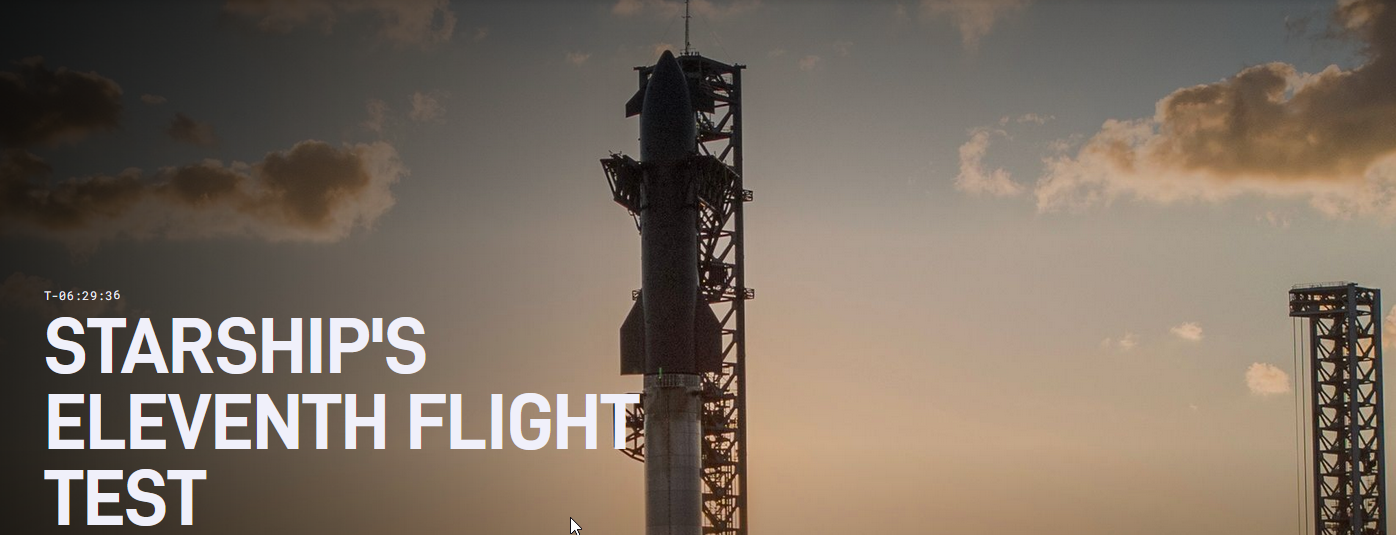Yup. They posted some videos also. Ship managed to get to 3m within specified "landing" target.
Last edited:

@N0ddie Thanks for that, I don't do the Twitter although the only thing I'd want it for would be SpaceX updates
Beautiful images but the video didn't make it look like it was stable enough for a ctach to this uninformed eye. Maybe they'll go for a hover next time.
I agree. Would it have faired better without the rear flap damage? Unknown at this point.I thought that myself, a lot of work to do on the control of the ship before they can attempt a catch.
I agree. I assume a full orbit then another splashdown for the next test, I think they will want a bullet proof re-entry before they go for a catch. So maybe a re-entry and stable hover is the next goal. Because until you're really really confident on the heatshield and ship condition there is a lot of risk to a borked catch attempt.I thought that myself, a lot of work to do on the control of the ship before they can attempt a catch.
With it being the final block 2 and the pad being unfit in its current state for block 3 I was kind of hoping for a catch next time but not with that level of control.
I agree. Would it have faired better without the rear flap damage? Unknown at this point.
SLS looks like someone started building a Space Shuttle and ran out of legos for the orbiter.

@Armageus Good article it's odd that they don't mention the common denominator between the 2 decisions that hamper NASA the most. Congress. SLS is legally mandated to fly the astronauts tot he moon, NASA hasn't got a choice in the matter. The HLS decision was entirely driven Congress only providing enough money to fund HLS StarShip which is nothing like a low risk option, and it was never designed to be.
I've just come across this article that I hadn't seen before, which was a great read:
Whilst it's inherently biased, it goes a good way in dissecting the program and illustrating the huge complexity of it, which I hadn't fully comprehended.
The risk factors seem massive, considering how far we "should" have come since the Apollo program.

 arstechnica.com
arstechnica.com
That is an amazing image


